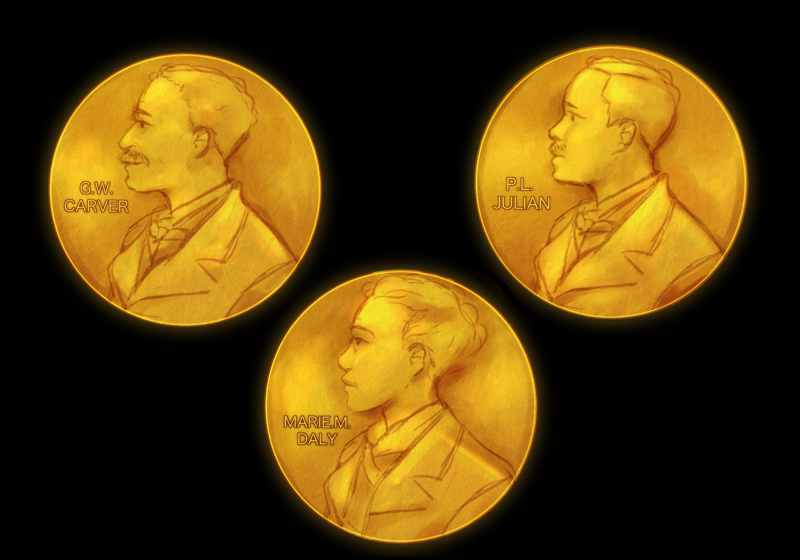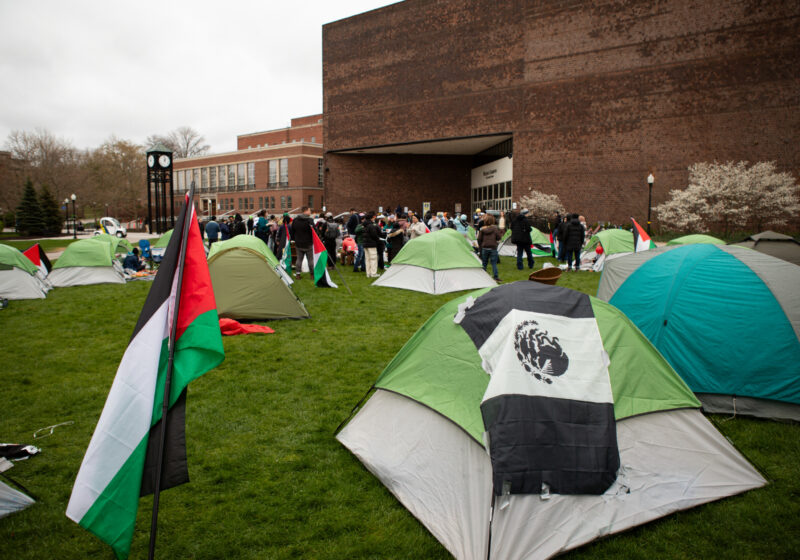Nobel Week 2020 gave women around the world some pleasant surprises: With four female winners in various categories, it seems like the prize is finally breaking the glass ceiling.
But is it really?
When Alfred Nobel founded the Nobel prize, he left instructions for future Nobel committees for selecting prize winners. In his last will and testament, the Swede wrote, “It is my express wish that when awarding the prizes, no consideration be given to nationality, but that the prize be awarded to the worthiest person, whether or not they are Scandinavian.”
The Nobel committees over the years have made it a point to follow this great man’s instructions word for word. So a question arises: Why are most winners white?
The Nobel Prize website announces that “between 1901 and 2020, the Nobel Prizes and the Prize in Economic Sciences were awarded 603 times to 962 people and organizations.” Out of these 962 prizes, a staggering 694 have been awarded to people from the United States, United Kingdom, Germany, and France. This amounts to a shocking 72% of all prizes!
In all the years that these prizes have been awarded, not a single Black person received the Nobel Prize for any of the sciences. The total number of Black winners is less than 2%.
No one can deny that there’s a problem here. For a prize that’s considered to be the pinnacle of achievement in any field, there’s a conservative distribution among extremely similar looking people.
The problem isn’t who’s choosing the prize winners, or how they’re being chosen. I strongly believe that each prize winner has been more than deserving of the title of Nobel laureate.
The issue is fundamental: disparity in education and opportunity.
Most Nobel laureates are professors at renowned universities and have received a well-rounded education — from preschool to a PhD. Education statistics show that only 3.8% of tenured professors at various American universities are Black. In 2017, a whopping 76% of all American university professors were white. UR reflects these statistics well, with 78.3% of all faculty being white.
Looking back at the two years I’ve spent here, I don’t remember having a single Black professor. I’m sure if any student reading this article reflects on all of the professors they’ve had, they’ll come to a similar conclusion.
The problem is that communities around the world that aren’t white have had numerous problems with education from the very beginning. Many non-white communities reside in nations that are still developing and don’t have the luxury of spending billions of dollars on research like developed nations do.
It’s true that college populations are more diverse than ever now, and Yellowjackets are more racially diverse than students at many other universities in the U.S.
We’ve come a long way in diversifying college populations, but we have a longer way to go still.
Non-white people have just as much potential to succeed as white people do, but the statistics don’t currently reflect that.
I’m cautiously optimistic that in the next few decades, as today’s university population graduates and is replaced by ever-more diverse classes, more and more people of different races will win Nobels. We’re on the right path. All we need is some time and a commitment to expanding opportunities for all.

